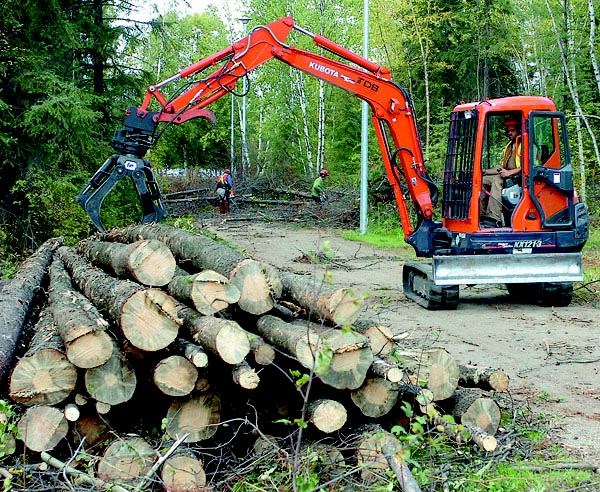For the first time in at least 15 years, no forestry workers were killed on the job in northern British Columbia in the past year.
About three to five forest workers a year had been killed in the North since the mid-1990s, according to data complied by The Citizen and statistics from the B.C. Forest Safety Council.
In 2009 that number dropped to one, and in 2010 it fell to zero.
"I'm delighted," said Central Interior Logging Association executive director MaryAnne Arcand. "I'm pleased to see that people don't have to die just because they go to work."
Arcand credits a change in culture where safety has become a normalized part of the day-to-day job.
There were six deaths in B.C. in 2010, up from four the previous year, but well down from the average 22 deaths a year in the past two decades, and a significant improvement on the year of 2005, which saw 43 deaths.
Following the horrific death toll in 2005, the industry and government declared that improving forest safety was a top priority.
Since then, the industry-led B.C. Forest Safety Council was formed, which spearheaded a safety certification program modeled after one in the oil and gas sector.
Major timber holders, including Canfor Corp., adopted a policy that required logging contractors to obtain safety certification, and the province required Crown timber bid contractors to be safety certified.
Now more than 2,700 contractors are certified under the B.C. Forest Safety Council safety program with another 2,100 are registered for the certification.
The joint effort by industry and the B.C. government also led to a push to upgrade logging roads, and provincewide radio-calling protocols were also adopted.
B.C. Forest Safety Council CEO Reynold Hert said he believes the certification program has made a big difference in improving safety.
It makes sure a system of implementing and tracking safety is in place, increasing planning and training, he said. But it has also proved beneficial financially, as the planning is helping make businesses more efficient, added Hert.
There has also been a 40 per cent drop in serious injury rates, he added.
However Hert said there is more work to be done as even a handful of deaths is too many.
He said the safety council will focus their efforts this year on continuing safety improvements for hand fallers and log truck drivers. The council will also be examining the possibility of a certification or accreditation program for log trucker drivers on back roads and steep hills.
More than 30 logging truck drivers have been killed since 1995 in northern B.C., including two log truckers in 2008.



